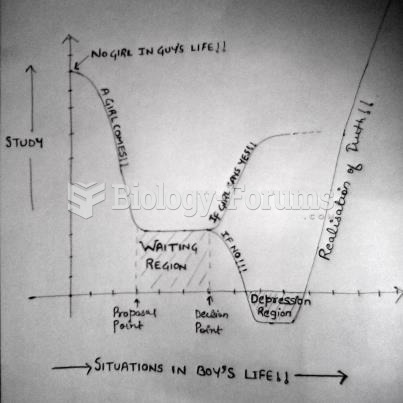Answer to Question 1
Answer:
A. Kidnapping in Texas
1. local media and police departments had a voluntary program that was successful and this developed into a bill called the Texas Amber Alert
2. made it a statewide network
3. 1999 Amber Alert bill passed the Texas legislature
4. adopted by U.S Congress and extended nationwide
5. bill is named after Amber Haggerman, a young Texas girl whose abduction caused an outcry among citizens
B. How the Amber Alert helps solve abductions
1. requires law enforcement agencies to coordinate with local media outlets for the purpose of alerting citizens about child abductions
2. immediately broadcasts information about the abduction in hopes of returning child unharmed
Answer to Question 2
Answer:
A. Agenda setting: first stage of policy making where a matter is brought before the government
1. media coverage of an event or series of events can bring an issue to the public awareness
2. the more recognized the issue the more likely to stimulate government action
3. media coverage can cause ordinary citizens and interest groups to put more importance on certain issues
4. groups opposed to governmental action can use the media to try to get policy aborted at this stage
B. Formulation: deciding on the course of action and which agency will be responsible; research is done and options are explored; policy is finalized, announced and funded
1. this stage is important for interest groups to use media to increase visibility
2. can increase groups' effectiveness in changing the impact of policies and the formulation of the final outcome
C. Implementation: new or revised policy takes affect
1. the timing, public education and opinion regarding policy is important at this stage
2. media can provide the public with a rundown of the rules and regulations
3. state agencies often generate press releases and conduct interviews with members of the media to advertise and to clarify the new policy
4. legislatures often fund public awareness campaigns
D. Evaluation: Assessing the outcomes and ensuring there are no unintended consequences
1. disagreements on the effectiveness of a policy can be aired in the media
2. depending on the bias of the media outlet, can use statistics and information that supports one side or the other
E. Change or termination: Adjusting of modifying the policy to enhance effectiveness or termination
1. policies that are ineffective or unpopular need to be changed
2. media can create an outlet for these discussions to be brought to the attention of the government







